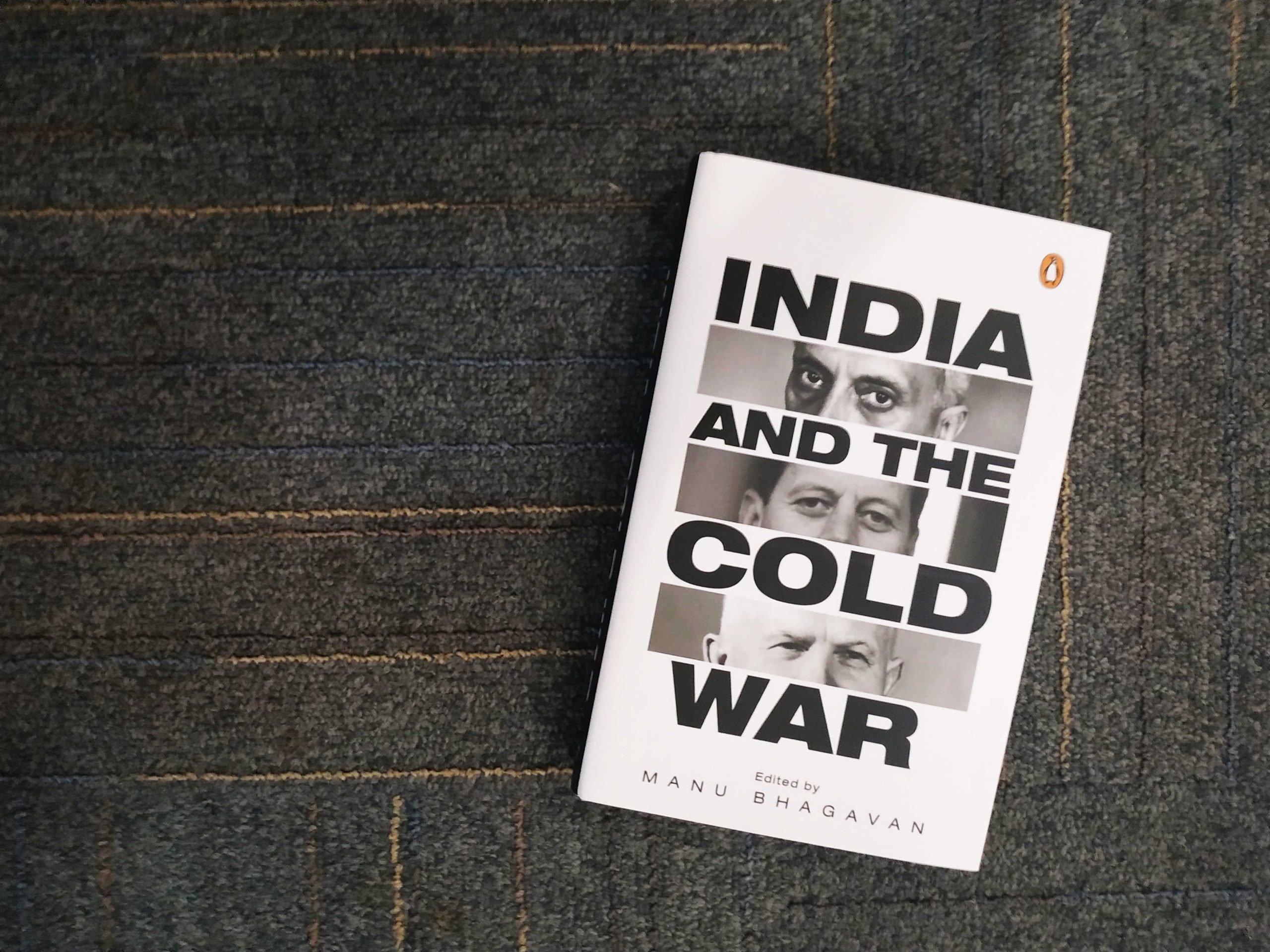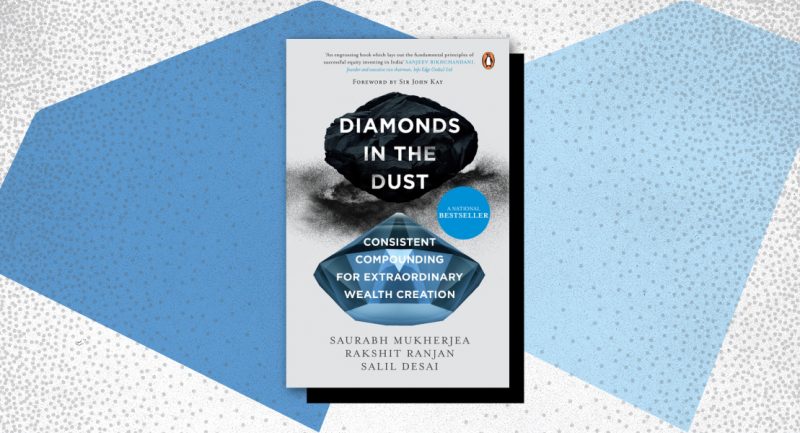
The essays in Manu Bhagavan’s India and The Cold War demonstrate how India became a powerful symbol of decolonization and an advocate of non-alignment, disarmament and global governance as it stood between the United States and the Soviet Union, actively fostering dialogue and attempting to forge friendships without entering into formal alliances.
Here’s an excerpt from the book!
—————————————————————————-
Writing just over ten years ago, Odd Arne Westad changed the way we think about the Cold War. While the conflict was certainly about the struggle between the two superpowers, he observed that it was truly global in scope. To actually understand the clash, we had to go beyond narrow understandings of the bilateral relationship and stop limiting our focus to sites of conventional warfare. By looking at Soviet and American interventionism in the Third World, as well as the reactions that such interventions generated, Westad established that the Cold War was a grand phenomenon with multiple actors shaping and reshaping international politics based on various domestic agendas and foreign policies. Asia, Africa, and Latin America were not peripheral to the main show but were each a key stage on which the drama unfolded.
India’s role in the Cold War has classically been defined as having been rather minimal, circumscribed by a policy of non-alignment and a basic insistence that Third World interests lay outside the two rival power blocs. No major battles were fought on the subcontinent, so the region was seen as marginal to the superpower standoff. To make matters worse, the moral high ground India claimed proved shaky. Its colorful denunciations of power politics took on the hue of posturing when its outlook soon came to be seen as having a pro- Soviet tilt. Such hypocrisy undermined India’s credibility in myriad ways, such that the country, despite its massive size, population, and strategic location, has remained little more than a footnote in Cold War history.
Over the past decade, synchronous with Westad’s breakthrough insights, this view has begun to change. Independent India, it turns out, was actually quite influential in the first two decades of its existence, which coincided with the emergent development of U.S.- Soviet bipolar hostilities.
The chapters in this book take advantage of newly accessible archival material and the latest research to offer a richer and more nuanced narrative of India’s role in the Cold War, with a special focus on this early period.
India’s significance stemmed in measure from its legendary founding figure, Mahatma Gandhi, who was assassinated in 1948. Gandhi was widely heralded as larger than life with a kind of saintly legitimacy, and the afterglow of his halo continued to shine on his country after his death. Additionally, India’s great stature in this early period was due to its dashing, debonair, and dazzling first prime minister, Jawaharlal Nehru. Nehru wore the mantle of Gandhi’s hand- picked successor with ease, shaping and recasting his mentor’s vision of nonviolent politics for international appeal and global impact.
From the earliest days of the Cold War, Nehru saw the collision of superpowers as an existential threat to all life, the ultimate culmination, in his view, of a teleology produced by nationalism that led to violence, to war, and finally to total destruction. A certain kind of nationalism for Nehru was fundamental and necessary in the historically specific context of imperialism, whereby European states vied with one another for spheres of influence, economic and military control, and supremacy. Anticolonial nationalism demanded liberty and the right to self- determination for colonized people. But for Nehru and many of his brethren, the nation- state was not the end game.
From the end of World War I, Nehru had been trying to reconcile his Fabian socialist outlook with an emergent subcontinental critique of nationalism, eventually settling on a protean understanding of internationalism as the best, and indeed only, way forward. In conversation, and sometimes in argument, with fellow Indian political intellectuals, especially Gandhi,
Nehru’s internationalism evolved from a broad cosmopolitanism, in which the best ideas of each people simply would be celebrated, to an embrace of world federation and, by the late forties, specifically federal world government.
What exactly such a federated government would look like was intentionally left vague, as Nehru believed that the details would have to evolve from everyone invested. Generally, though, he hoped for some kind of executive, legislative, and judicial structure that would sit atop national states, unifying them all.
Global union did not preempt or undermine the need for political responsiveness to local needs. Rather it sought to streamline the demands of individuals, groups, and nations with universal principles of human dignity.
This goal found a means of expression in the emergent discourse of human rights, which Nehru saw as a way to bind states and peoples to a code of proper action. India played a pivotal leadership role in developing a consensus around these new norms, and in crafting the instruments through which they would be popularized and made legal.
Human rights were premised on the idea that state sovereignty was not absolute, and that the international community could intervene in the domestic affairs of states if they did not live up to their obligations to their people, as their authority was fundamental and beyond that of any one state.
Of course, this did not mean that such rights were above controversy. Indeed, as the effort to codify human rights gained momentum in 1947 through the official sanction of the new United Nations, fissures between the “East” and the “West” soon became readily apparent. A major fault line emerged over what precisely constituted “human rights.” Western powers pushed for political and civil liberties while those from the “non- West” favored economic, social, and cultural rights. If the committee chaired by former U.S. first lady Eleanor Roosevelt started its work with much fanfare and hope, it quickly devolved into acrimony and contentious debate, lines generally drawn along those of the Cold War blocs. It was in this committee, and under such conditions, that India found its footing.
Sweeping in its scope yet nuanced in its analysis, this is the authoritative account of India and the Cold War.









